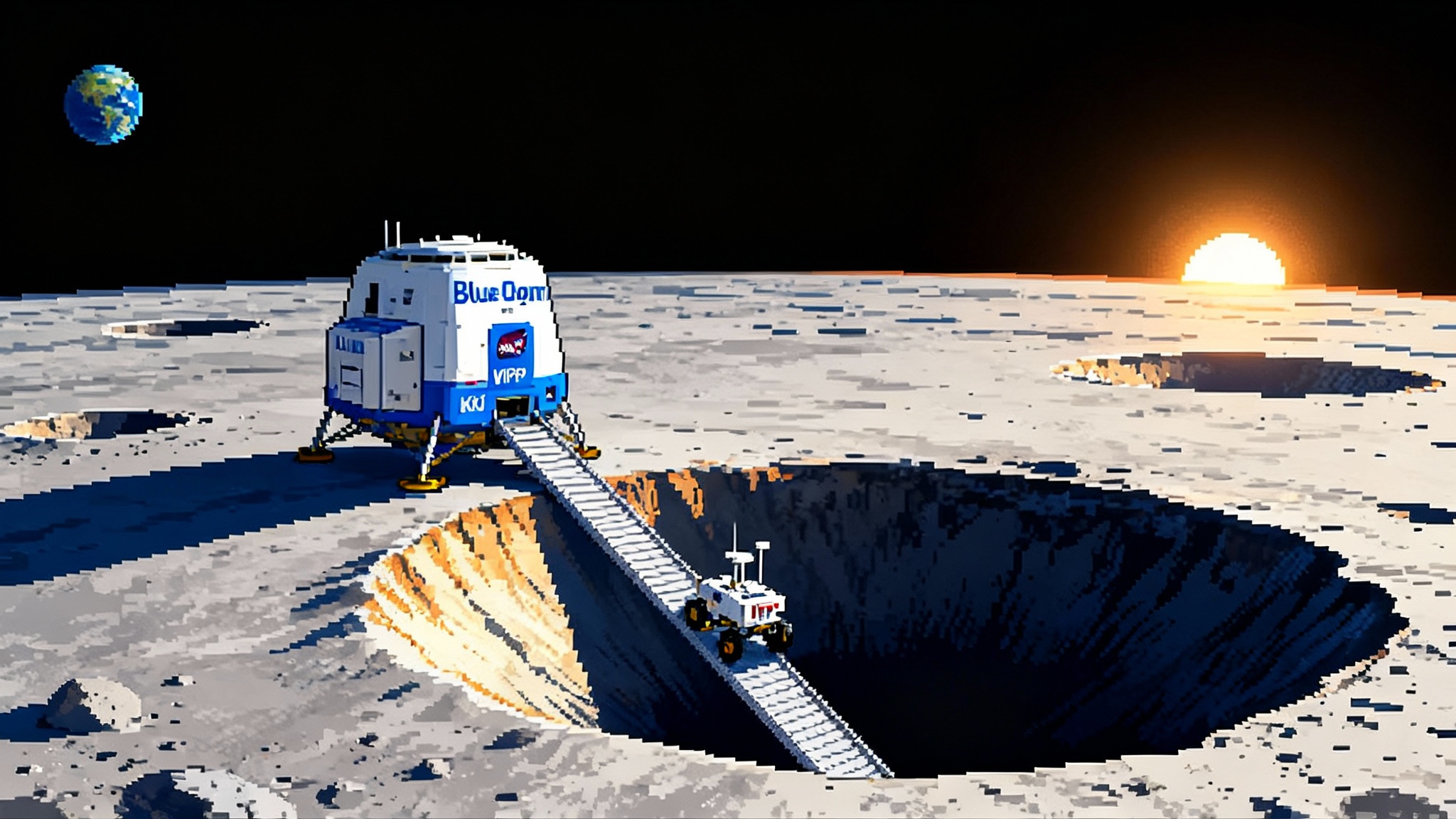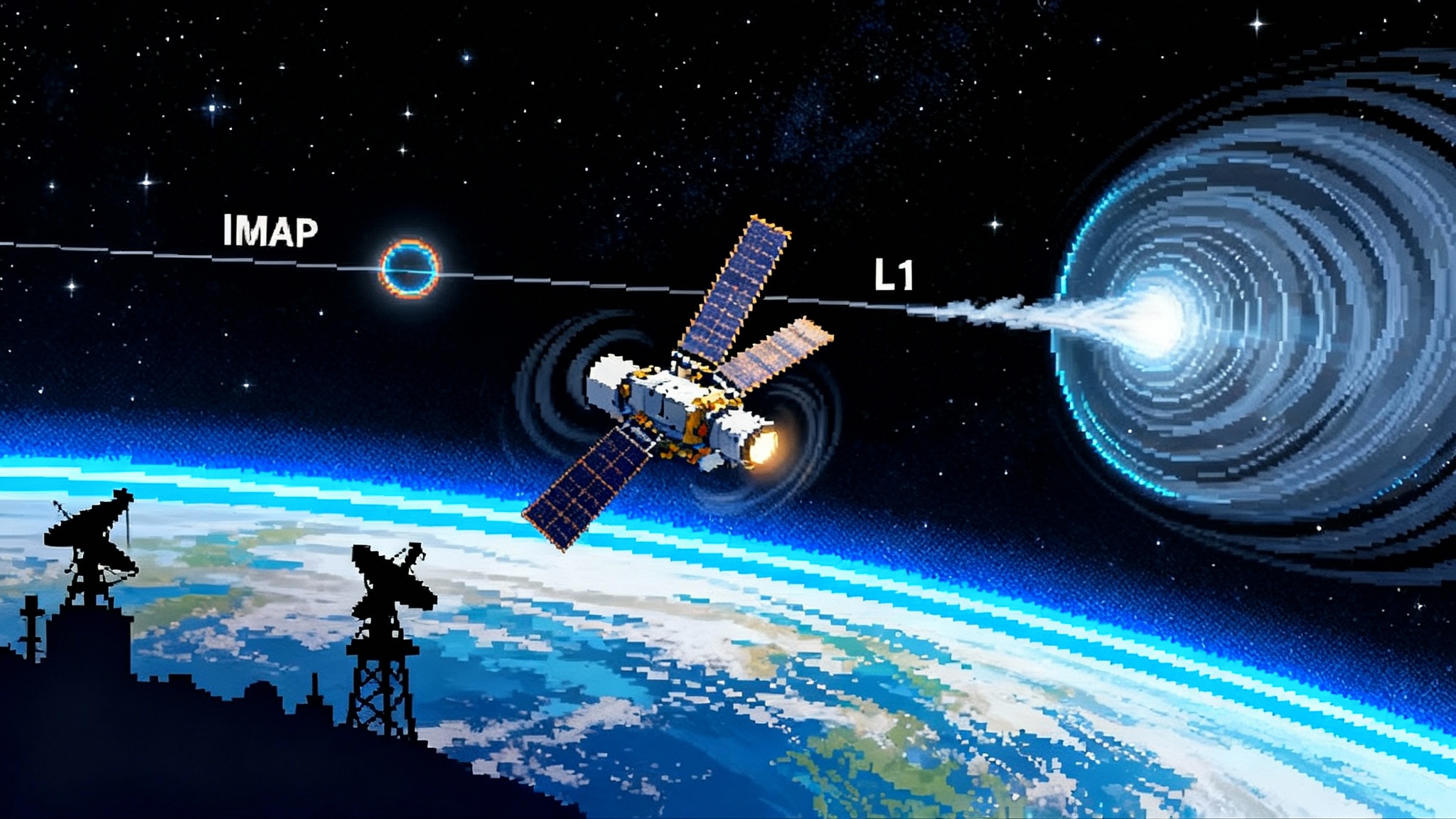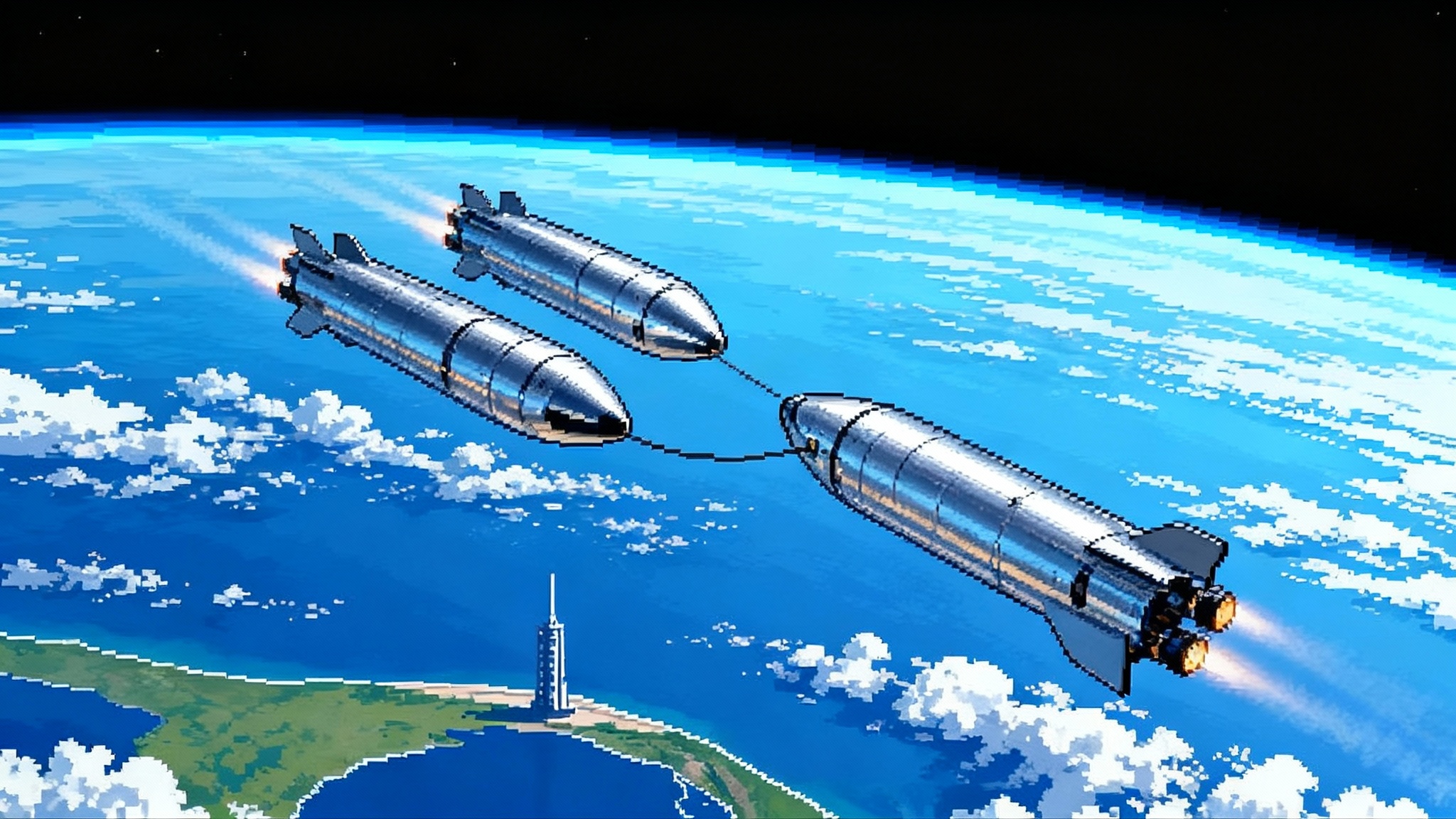NASA’s Mars Sample Return Gets a 2025 Dual-Path Reboot
NASA began 2025 by advancing two rival landing architectures and a radioisotope‑powered, simplified lander for Mars Sample Return. Here is what changed, why a dual path can cut risk and cost, and the milestones leading to a 2026 downselect.

Breaking: Mars Sample Return pivots to a leaner, faster race
NASA opened 2025 by changing how it plans to bring Perseverance’s samples home. Instead of a single blueprint, the agency will mature two competing landing architectures in parallel, then choose one in the second half of 2026. The reset centers on a smaller ascent rocket, a simplified sample‑handling system, and a lander powered by radioisotopes rather than solar panels. NASA framed the move as a way to compress schedule and reduce risk in a program that must deliver science sooner. See the official details in the NASA announcement on dual landing options.
This is the biggest philosophical shift for Mars Sample Return since Perseverance touched down in Jezero Crater. It trades a monolithic program for a tournament. One path leans on the sky crane heritage flown by Curiosity and Perseverance. The other invites new commercial delivery concepts to place the lander within driving range of Perseverance. Both versions keep the same endgame: move sealed tubes off Mars and into the hands of Earth scientists.
What changed and why it matters
- A smaller ascent vehicle. Shrinking the Mars Ascent Vehicle reduces the landed mass and energy needed to touch down, allowing a simpler entry, descent, and landing system with better margins.
- Radioisotope power replaces solar. A radioisotope system provides steady heat and electricity through dust season without moving parts, easing thermal management and eliminating panel cleaning from the critical path.
- A cleaner sample handoff. The redesigned loading system places tubes directly into the orbiting container while minimizing dust on external surfaces, simplifying backward planetary protection once the container reaches Earth.
- Fewer tubes, faster path. Targeting about 30 high‑value tubes trims surface operations and shortens the campaign while preserving the scientific payoff.
All of this responds to pressure on cost and time. The previous architecture had grown expensive and complex. Perseverance remains healthy and productive, but each Martian winter adds uncertainty, so a leaner plan improves the chance of timely return.
How competition speeds things up and holds costs down
Running two architectures in parallel can look extravagant. In practice, it buys schedule and discipline:
- Schedule parallelism. If one path hits a dead end, the other keeps moving, reducing the risk of long stand‑downs.
- Design pressure. Competition exposes weak assumptions and forces data‑driven trades on mass, power, and mechanisms.
- Clear downselect criteria. Gates like mass margins, ascent ignition reliability, and contamination budgets create a transparent scoreboard for a 2026 decision.
- Incentive to simplify. Fewer mechanisms mean fewer failure points and lower modeling burden, which is cost and schedule insurance.
For context on how parallel approaches can reshape exploration cadence, see our take on Tianwen‑2 quasi‑moon sample return.
The sample chain, now with fewer handoffs
Every handoff is a chance to drop the baton. The revamped architecture cuts risk in several places:
- Perseverance to lander. Concepts emphasize direct delivery to a stationary lander within driving range, reducing choreography and hardware count.
- Lander loading. Dust‑aware loading into the orbiting container simplifies downstream biocontainment.
- Fewer tubes, fewer cycles. Handling about 30 tubes reduces robotic motions and verification steps.
Where Europe fits: the catcher’s mitt in Mars orbit
The European Space Agency’s Earth Return Orbiter is the keystone that turns a local Mars operation into a round trip. ERO will find and capture the orbiting sample container, seal it inside biocontainment, and shepherd it back to Earth before releasing the entry capsule to land at the Utah Test and Training Range. For capabilities and interfaces, see the ERO mission overview at NASA.
For a complementary look at Mars‑orbit operations and sensor suites that inform rendezvous and environment modeling, check our ESCAPADE Mars weather preview.
The road to a late 2026 downselect
You can track the sprint to downselect like a relay, with clear legs and handoffs:
- Early 2025. NASA enters formulation with two rival landing concepts and intent to confirm the program and a single design in the second half of 2026.
- 2025, midyear. Risk‑reduction testing ramps on radioisotope‑powered lander subsystems and downsized ascent components. ERO advances through manufacturing after design reviews.
- 2025 to early 2026. Interfaces mature between the lander, ascent vehicle, and ERO, with scrutiny on capture tolerances, contamination control, and Earth Entry System release.
- Mid to late 2026. NASA assesses mass margins, ascent readiness, capture analyses, and contamination budgets, then selects one landing architecture and authorizes full‑scale procurement.
With design locked in 2026, credible trajectories support first returns in the early to mid 2030s, depending on risk posture and launch windows.
Why a leaner MSR changes the science game
Perseverance’s tubes span layered mudstones from an ancient lake, igneous units recording volcanic history, regolith packed with oxidants, and an atmospheric sample. On Earth, labs can run definitive biosignature tests with tools that cannot fit on a rover, from ultra‑sensitive mass spectrometers to isotope systems that track carbon, sulfur, and iron. Faster return preserves context because minerals transform and organics degrade over time. A cleaner, dust‑aware loading process also strengthens the chain of custody that underwrites any claim about past life.
A rehearsal for human Mars logistics
Mars Sample Return is also a logistics rehearsal for human expeditions. The mission will demonstrate precision landing near an asset, radioisotope‑driven thermal management, an ascent to orbit after months in the cold, and autonomous rendezvous. Each is a building block for delivering cargo to a Mars base and sending crews back to orbit. For the broader transportation picture, see our look at Starship orbital refueling progress.
Guardrails: planetary protection and budget reality
Two topics will shape whether this reboot survives contact with the real world:
- Planetary protection. The Earth Entry System will target a controlled corridor to Utah, then move to a purpose‑built receiving facility with layered biocontainment tailored to rocks and dust. The dust‑minimizing loading flow is a major simplifier.
- Budget execution. The plan lowers cost by simplifying the lander, narrowing the tube manifest, and pitting designs against clear gates. Tying progress payments to test milestones like ascent engine cold‑soaks, contamination runs, and capture hardware‑in‑the‑loop tests is the surest way to hold the line.
What to watch between now and the downselect
- Lander power and thermal tests. Thermal vacuum runs will anchor insulation and heat‑path models for the radioisotope‑powered architecture.
- Ascent engine qualification. Multiple hot‑fires after long cold‑soaks will validate ignition timing and performance.
- ERO integration milestones. Propulsion stacks, large solar arrays, and capture hardware moving from benches to stacked assemblies will show whether mass and power are on plan.
- Perseverance operations. The team continues prioritizing the highest‑value samples, with a manifest that hardens as lander loading plans finalize.
The bottom line
NASA’s 2025 reboot turns Mars Sample Return from a grand plan into a focused race. Two lander concepts will sprint to a late 2026 finish line. A radioisotope‑powered, simpler lander trims complexity where it counts. ERO provides the catcher’s mitt that turns a surface operation into a round trip. If NASA holds to clear decision gates and funds the winner promptly, the first curated samples from another planet can reach Earth in the 2030s, enabling definitive biosignature tests while Perseverance’s field notes are still fresh.








